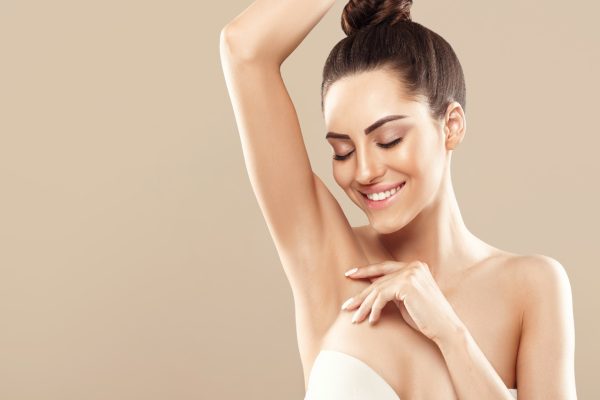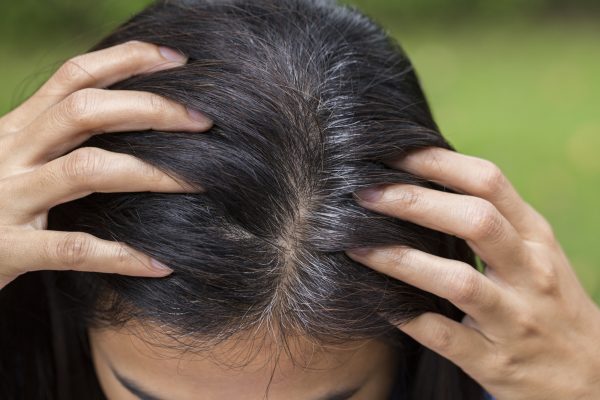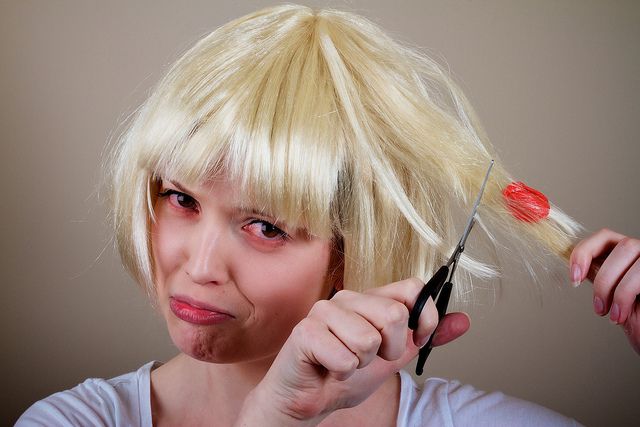Type 1 hair is still alive and well, despite being overlooked by the curl typing system; it’s just more straight than curly. Meet type 1C hair: the waviest of straight hair but isn’t completely wavy (confusing, we know).
So, what does that imply? Type 1C hair has strands that sit flat at the root and have a modest body, arcs, and bends in the midsections. It can retain a curl and the air dries beautifully. Consider the likes of Sienna Miller and Rachel Bilson.
Does this sound familiar? Read on to learn all you need to know about type 1C hair, from how to recognize it to how to care for it and which products to use, from hairstylists Shelley Gregory and Marilisa Sears.
GET TO KNOW THE EXPERT
- Shelley Gregory is a Las Vegas-based hair colorist and stylist who is also a Kérastase Global Pro Club Color Expert.
- Marilisa Sears is a hairdresser and expert who has been the artistic director of Marc Anthony True Professional Haircare for over 25 years.
What Is Hair Type 1C?
According to Sears, type 1C hair is the last of the straight hair categories and has heavy, coarser strands that sit flat at the root with a few arcs and bend in the mid-body portion. According to Gregory, type 1C hair has a slight body with ends that curve inward toward the chin while remaining mostly straight.
Because of the coarse texture, type 1C hair is more prone to frizz, flyaways, and poofiness from the mid-lengths down. Those with thicker type 1C hair are more likely to have knots, tangles, and dry ends, according to Sears.
Differentiating Type 1C Hair from Other Hair Types
It’s worth noting, as always, that people rarely fit exactly into a particular hair type. Rather, hair is a mixture of a few comparable hair types. As a result, distinguishing between categories 1B, 1C, and 2A might be difficult.
Both experts emphasize that 1C hair is still classified as straight hair, thus it has more texture, body, and bend than full-on waves. Gregory describes 1B hair as having more body than 1A hair without any form of wave pattern, while 1C hair has that body with more of a wave to it.
This modest wave, as well as being particularly prone to frizz, distinguishes type 1C hair from other hair types in the 1 group, she notes.
Type 2A hair, on the other hand, has a definite S-wave pattern that is significantly more defined than the waves found in type 1C hair. When left to dry on its own, type 2A hair has that iconic beachy wave look, but type 1C hair hangs mostly straight with a few bends here and there, according to Sears.
How Do You Take Care of Type 1C Hair?
Good news: According to Sears, the criteria for caring for type 1C hair are quite easy. Aside from the standard straight hair difficulties (think an oily scalp and top flatness), the primary concerns for type 1C hair are frizz and poofiness. When it comes to caring for type 1C hair, both specialists agree:
Avoid over-washing your hair and boosting oil production: To avoid the vicious cycle of daily hair washing and increased oil production, Sears recommends washing your hair three to four times a week, or roughly every other day.
You may also like: How Often Should You Wash Your Hair?
Choose lightweight, nourishing products to reduce frizz and dryness without flattening hair or adding oil to the scalp: Gregory adds that type 1C hair is easy to handle as long as you’re careful and don’t over-moisturize it.
Type 1C hair, especially thicker 1C hair, tends to get drier at the ends as it grows longer. As a result, as the hair becomes longer, conditioning and feeding the ends become more vital. To combat frizz and brittleness without weighing down strands, use lightweight leave-in creams and serums to the mid-lengths and down (avoiding the scalp area).
To reduce knots, tangles, and snarls, use a silk or satin pillowcase and microfiber towels: Both experts recommend using silk or satin pillows to reduce frizz and knots.
They also recommend using microfiber towels to dry hair to reduce the friction and abrasiveness that comes with conventional cotton towels. Always use a heat protectant before applying heat to your hair.
The Best Haircuts and Styles for Type 1C Hair
To keep things easy, Gregory advises persons with type 1C hair to believe that the longer the hair, the easier it is to manage. She notes that because long hair is heavier, the extra weight helps keep frizz and poofiness at bay.
Meanwhile, layers, according to Sears, will assist create volume and movement in the hair. If the hair is thin, she recommends being more vigorous with the layering (though she cautions against outright short layers, as they can lay a little flat). She also delicately shatters the ends of her hair with her scissors to provide natural texture and body.
While both experts agree that longer lengths are best for type 1C hair, Gregory believes short styles are still possible if the cut is properly blended and has some hidden layers to assist the hair in laying beautifully.
Because type 1C hair has a lot of body and structure that may be enhanced with style and texturizing tools, both experts recommend letting hair air dry and sporting a natural look.
After showering, scrunch and tousle in a lightweight curl-defining or volumizing product (cream for thicker hair; spray for thinner hair) to increase the texture and let air dry, and you’re set to go. Apply a leave-in serum to the ends before bed to battle frizz overnight.


